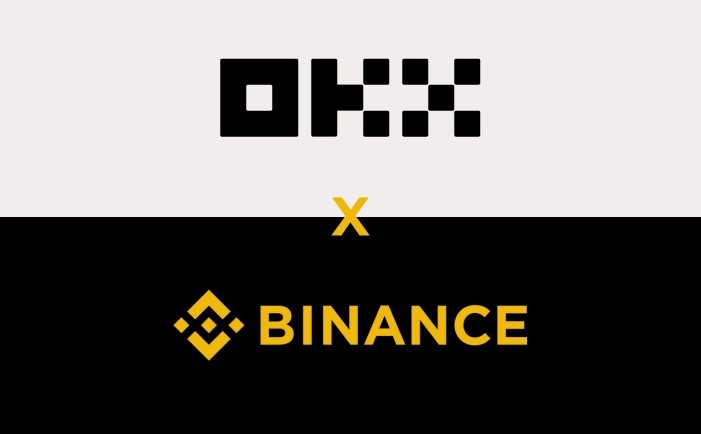Following an unprecedented 400% surge in JELLY’s price, triggered by market manipulation on Hyperliquid, Binance and OKX swiftly listed JELLY futures, capitalizing on the volatility. Meanwhile, Hyperliquid delisted the token’s perpetual contracts, sparking criticism over its centralized decision-making.
The manipulation incident led Hyperliquid to remove JELLY and reimburse affected users. Almost immediately after, Binance introduced JELLY futures, followed closely by OKX. This move appeared to exploit the token’s extreme price fluctuations, making it a prime asset for speculative trading. On March 26, JELLY’s value skyrocketed from approximately $0.0095—where the exploiter had opened a short position—to a peak of $0.050, marking an extraordinary 426% increase. With high volatility driving trading volume, both exchanges positioned themselves to gain significantly from trading fees on JELLY derivatives.
Some market participants believe this wasn’t merely about capitalizing on fees but rather a strategic move to weaken a competitor. One observer likened it to past events surrounding Binance and FTX, remarking that it “rewrites the history of what happened to FTX.” Blockchain investigator ZachXBT also noted that two accounts involved in the manipulation—0x20e8 and 0x67f—had been initially funded through Binance. Meanwhile, JELLY’s price has since retraced to $0.020, according to CoinGecko.
Reports from Arkham Intelligence suggest that the trader behind the manipulation orchestrated a complex strategy using three accounts: two long positions worth $2.15 million and $1.9 million, along with a $4.1 million short position. This effectively created a hedge totaling $7.17 million. The trader then aggressively purchased JELLY on decentralized exchanges, where low liquidity drove prices up rapidly. As JELLY’s price surged over 400%, the short position faced liquidation. However, due to its size, the liquidation could not be executed immediately and was transferred to Hyperliquid’s automated market-making vault, the Hyperliquidity Provider.
Simultaneously, the manipulator withdrew funds from the two long positions, securing unrealized profits from the price spike. According to Arkham, the trader successfully extracted $6.26 million, with approximately $900,000 remaining in the accounts. Hyperliquid responded by restricting these accounts to reduce-only mode, preventing further withdrawals. In an attempt to salvage funds, the trader then sold JELLY back into the market. However, this maneuver wasn’t enough, as Hyperliquid ultimately settled the market at $0.0095, the same price at which the initial short was opened, effectively nullifying all unrealized profits from the first two accounts.
Abhi, founder of Web3 firm AP Collective, remarked that had Hyperliquid not intervened, the exchange could have faced full liquidation if JELLY’s market capitalization had reached $150 million. Following the incident, Hyperliquid validators collectively decided to delist JELLY perpetual contracts, a move that sparked backlash from the crypto community over decentralization concerns. Arthur Hayer criticized Hyperliquid’s handling of the JELLY situation, asserting that it demonstrated the platform’s centralized nature and stating that it was “time to stop pretending that Hyperliquid is a decentralized platform.”
Bitget CEO Gracy Chen echoed this sentiment, warning that forcibly closing the JELLY market and settling positions at a predetermined price set a dangerous precedent. “Trust—not capital—is the foundation of any exchange, and once lost, it’s almost impossible to recover,” she stated.
By Alejandro Silva Ramírez, Crypto Analyst & Columnist

